A Raspberry Pi–powered arcade display with hidden interactive controls won over the crowds at Gamescom. Rosie Hattersley and Rob Zwetsloot got the inside scoop.

Pixel Maniacs is a Nuremberg-based games maker that started out making mobile apps. These days it specialises in games for PC, Xbox One, PlayStation, and Nintendo Switch. You Can’t Drive is its first foray into gaming with a Raspberry Pi.
If you’re going to add a little something extra to wow the crowd at the Gamescom video games trade fair, a Raspberry Pi is a surefire way of getting you noticed. And that’s the way Pixel Maniacs went about it.
The Nuremberg-based games developer retrofitted an arcade machine with a Raspberry Pi to showcase its intentionally silly Can’t Drive This precarious driving game at Gamescom.
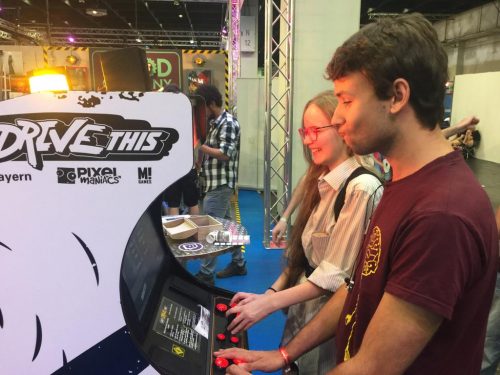
This two-player co-operative game involves one player building the track while the other drives along it.
Complete with wrecking balls, explosions, an inconvenient number of walls, and the jeopardy of having to construct your road as you negotiate your way, at speed, across an ocean to the relative safety of the next lump of land, Can’t Drive This is a fast‑paced racing game.
Splash action
Pixel Maniacs then took things up a notch by providing interactive elements, building a mock 4D arcade game (so-named because they feature interactive elements such as motion cabinets). The fourth dimension, in this case, saw the inclusion of a water spray, fan, and console lights. For its Gamescom debut, Pixel Maniacs presented Can’t Drive This in a retro arcade cabinet, where hordes of gaming fans gathered round its four-way split screen to enjoy the action.
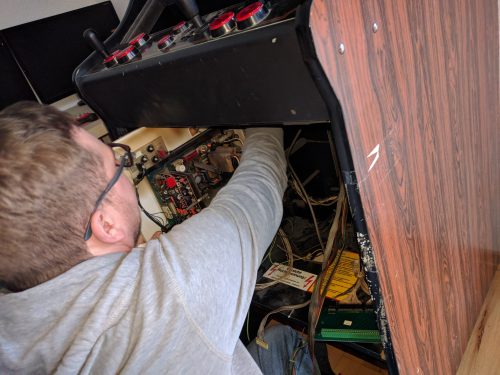
Getting to the heart of the matter and replacing the original 1980s kit with modern-day processors and Pi-powered additions
Adding Raspberry Pi gaming to the mix was about aiding the game development process as much as anything. Andy Holtz, Pixel Maniacs’ software engineer, told The MagPi that the team wanted an LED matrix with 256 RGB LEDs to render sprite-sheet animations. “We knew we needed a powerful machine with enough RAM, and a huge community, to get the scripts running.”
Pixel Maniacs’ offices have several Raspberry Pi–controlled monitors and a soundboard, so the team knew the Pi’s potential.
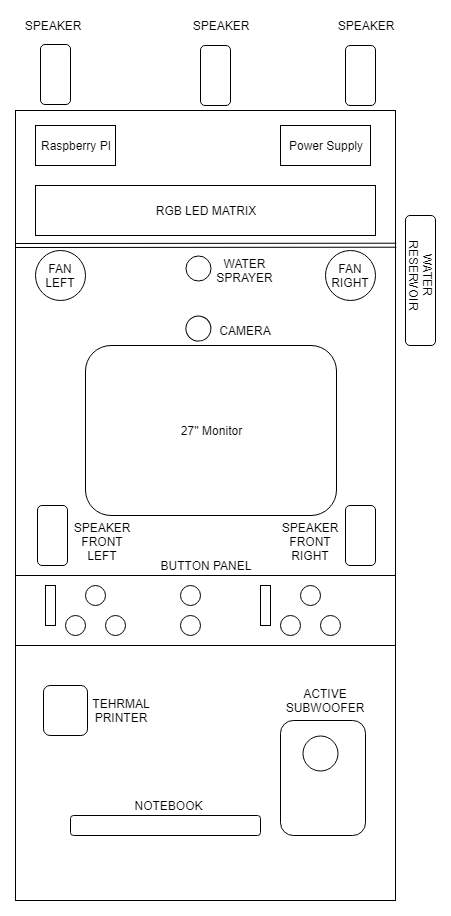
The schematic for the 4D arcade machine, showing the importance of the Raspberry Pi as a controller.
The arcade version of the game runs off a gaming laptop cunningly hidden within the walls of the cabinet, while the Raspberry Pi delivers the game’s surprise elements such as an unexpected blast from a water spray. A fan can be triggered to simulate stormy weather, and lights start flashing crazily when the cars crash. Holtz explains that the laptop “constantly sends information about the game’s state to the Raspberry Pi, via a USB UART controller. The Pi reads these state messages, converts them, and sends according commands to the fans, water nozzle, camera, and the LED light matrix. So when players drive through water, the PC sends the info to the Pi, and [the latter] turns on the nozzle, spraying them.”
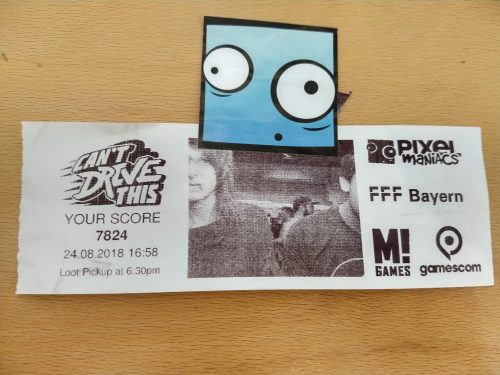
Having played your heart out, you get a photo-booth-style shot of you in full-on gaming action.
The arcade idea came about when Pixel Maniacs visited the offices of German gaming magazine M! Games and spied an abandoned, out-of-order 1980s arcade machine lurking unloved in a corner. Pixel Maniacs set about rejuvenating it, Da Doo Ron Ron soundtrack and all.
Sustained action
Ideas are one thing; standing up to the rigours of a full weekend’s uninterrupted gameplay at the world’s biggest games meet is something else. Holtz tells us, “The Raspberry Pi performed like a beast throughout the entire time. Gamescom was open from 9am till 8pm, so it had to run for eleven hours straight, without overheating or crashing. Fortunately, it did. None of the peripherals connected to the Pi had any problems, and we did not have a single crash.”
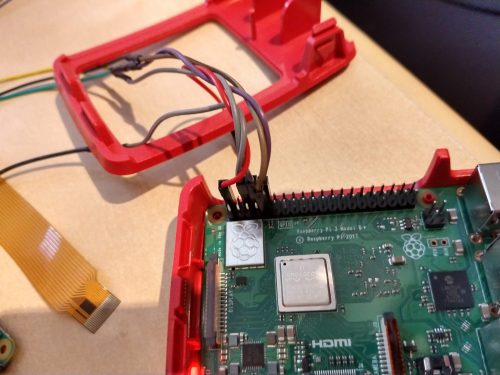
A Raspberry Pi 3B+ was used to trigger the water spray, lights, and fans, bringing an extra element to the gameplay, as well as rendering the arcade machine’s graphics.
Fans were enthusiastic too, with uniformly positive feedback, and one Gamescom attendee attempting to buy the arcade version there and then. As Andy Holtz says, though, you don’t sell your baby. Instead, Pixel Maniacs is demoing it at games conventions in Germany this autumn, before launching Can’t Drive This across gaming platforms at the end of the year.
This article was printed in The MagPi issue 75. Get your copy of The MagPi in stores now, or download it as a free PDF here.
Website: LINK
